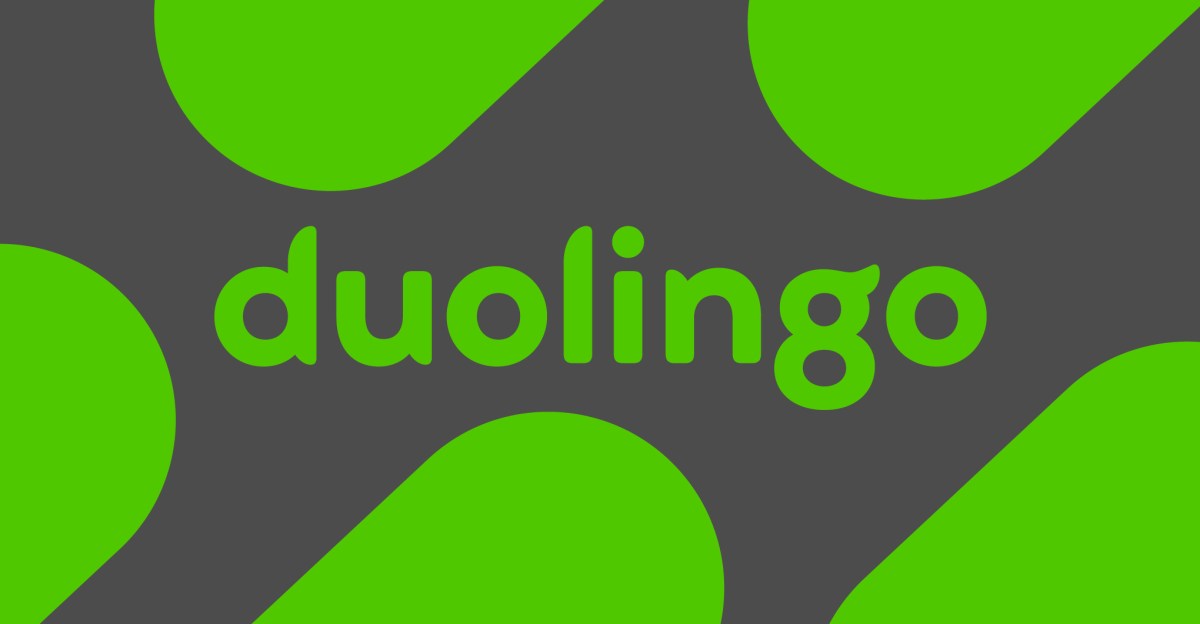Duolingo is “more than doubling” the number of courses it has available, a feat it says was only possible because it used generative AI to help create them in “less than a year.”
The company said today that it’s launching 148 new language courses. “This launch makes Duolingo’s seven most popular non-English languages – Spanish, French, German, Italian, Japanese, Korean, and Mandarin – available to all 28 supported user interface (UI) languages, dramatically expanding learning options for over a billion potential learners worldwide,” the company writes.
Duolingo says that building one new course historically has taken “years,” but the company was able to build this new suite of courses more quickly “through advances in generative AI, shared content systems, and internal tooling.” The new approach is internally called “shared content,” and the company says it allows employees to make a base course and quickly customize it for “dozens” of different languages.
“Now, by using generative AI to create and validate content, we’re able to focus our expertise where it’s most impactful, ensuring every course meets Duolingo’s rigorous quality standards,” Duolingo’s senior director of learning design, Jessie Becker, says in a statement.
The announcement follows a recent memo sent by cofounder and CEO Luis von Ahn to staff saying that the company would be “AI-first” and that it would “gradually stop using contractors to do work that AI can handle.” AI use will now be evaluated during the hiring process and as part of performance reviews, and von Ahn says that “headcount will only be given if a team cannot automate more of their work.”
“Our vision has always been to use technology to teach as well as a human tutor, and because of AI, that goal is within our reach for the first time ever,” spokesperson Sam Dalsimer tells The Verge in response to questions sent following von Ahn’s memo. “We’ve already been moving in this direction, and it has been game-changing for our company. One of the best decisions we made recently was replacing a slow, manual content creation process with one powered by AI, under the direction of our learning design experts. That shift allowed us to create and launch 148 new language courses today.”
Dalsimer says that Duolingo has been “using and testing AI for years” and that it “would not be rolling out new course content and this AI-first company strategy if we were not confident in AI.” Duolingo is also “constantly testing and improving our models” and has “systems in place” to ensure that output from AI meets its standards for course content and is aligned with the Common European Framework of Reference for Languages, a standard for language proficiency.
Dalsimer says that “internally, many teams are already embracing and using AI in their work, and have been for years.” However, Dalsimer acknowledges that there have been “negative reactions” to von Ahn’s memo. Dalsimer also notes that Duolingo has “no intention to reduce full-time headcount or hiring” and that “any changes to contractor staffing will be considered on a case-by-case basis.”
Read the full article here















